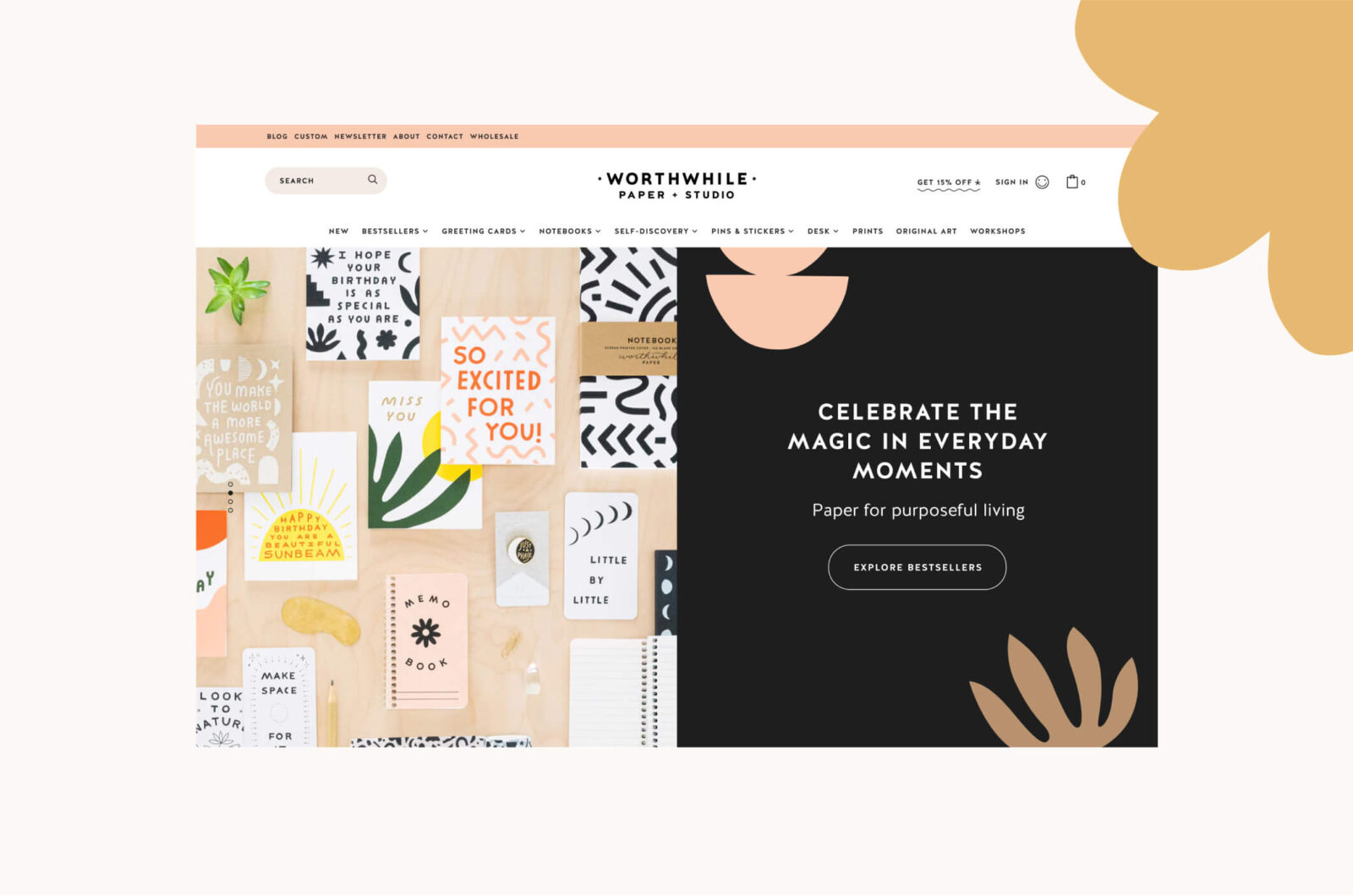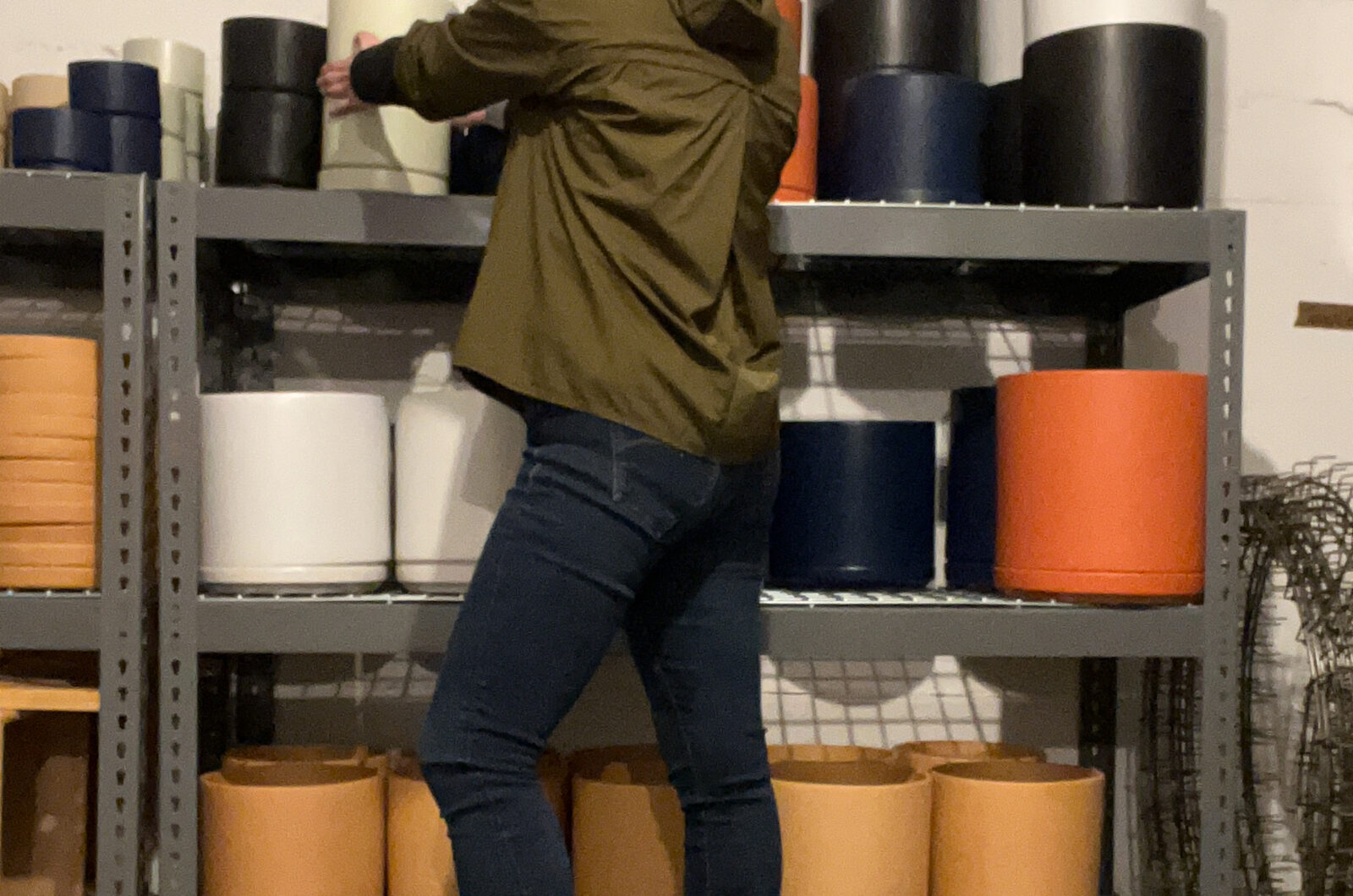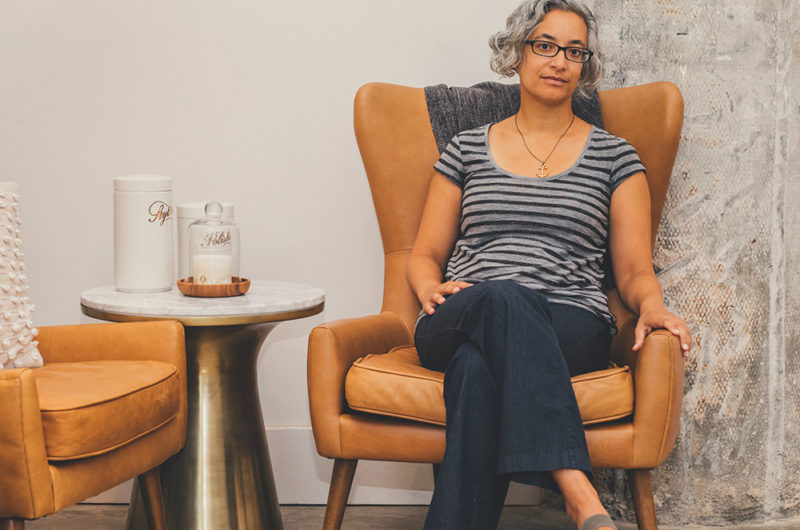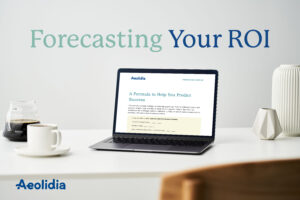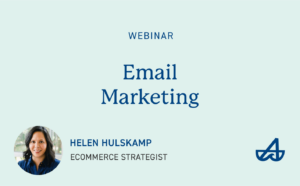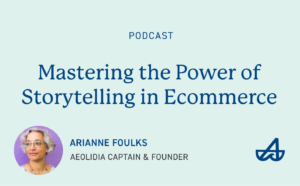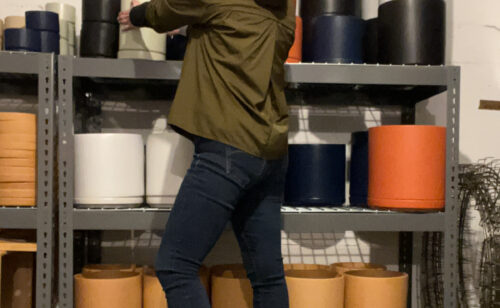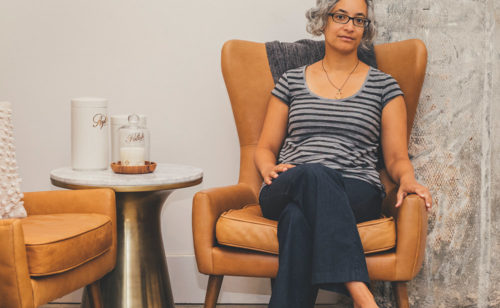Retail Merchandising Tips (Learned While Running a Pop-Up Market)
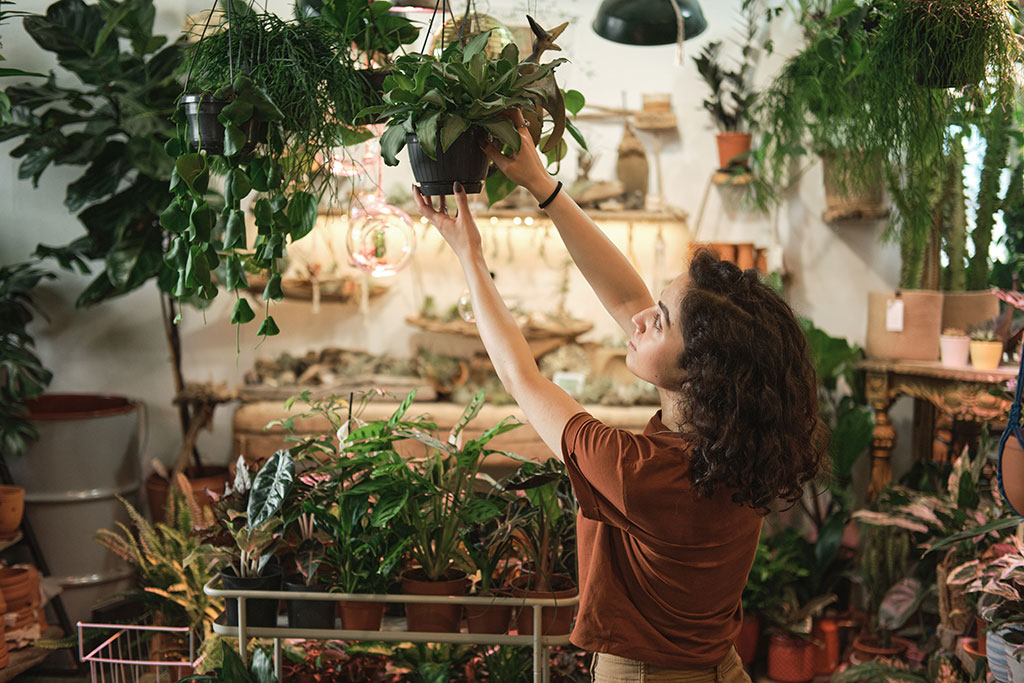
As part of our brick and mortar series, Katherine is back to share some retail merchandising tips she learned while hosting a pop-up market.
Twelve years ago I was running a vintage pop-up market in Chicago. I had never run a market before, so I had no idea what I was doing, but my business partner had produced a couple of farmers’ markets, and in 2010, we both thought the stuffy antique market scene was ripe for disruption.
Our market, which typically hosted anywhere from 40-100 vendors, was a mix of seasoned dealers who had been selling at antique shows since the 1980s, and new businesses who had gotten their start selling vintage on Etsy. We also hosted food trucks, and DJs from the local web-based indie radio station, got sponsorship from brands like PBR and Mitsubishi, and included hip add-ons like a mobile barbershop and live photo booth.
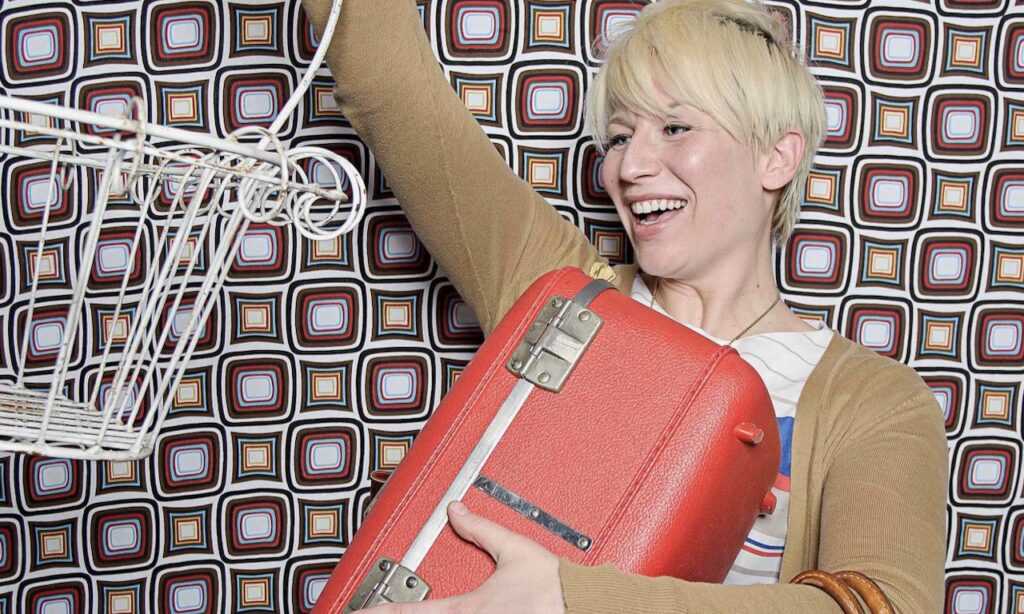
I was an absolute wreck before every show, convinced no one would show up, but eventually, the market would flood with thousands of shoppers! I could sit back, watch the madness unfold, and feel like my work was done—at least for 29 days until the next market.
However, my work wasn’t done. Even with a high turnout, inevitably one of our vendors would have a terrible show, complain that our booth fees were too high, and decide they wouldn’t do the show again.
“What do they mean they didn’t sell anything?” I would crow from my lawn chair, complaining to my business partner. “Look at all these people! We did OUR job.”
For weekly tips like this, subscribe to our newsletter
"*" indicates required fields
But we both knew better. As the show promoters, our job wasn’t just to bring thousands of shoppers to each market. Our job was to sell booth space, and you can’t sell booth space to vendors who don’t sell enough to cover costs. In order to retain our most interesting vendors, we had to understand why they struggled to convert shoppers into buyers.
So, I walked the markets like a shopper, looking for the formula. What made me stop, browse, and decide to purchase? I talked to happy vendors after the show. What had they done right?
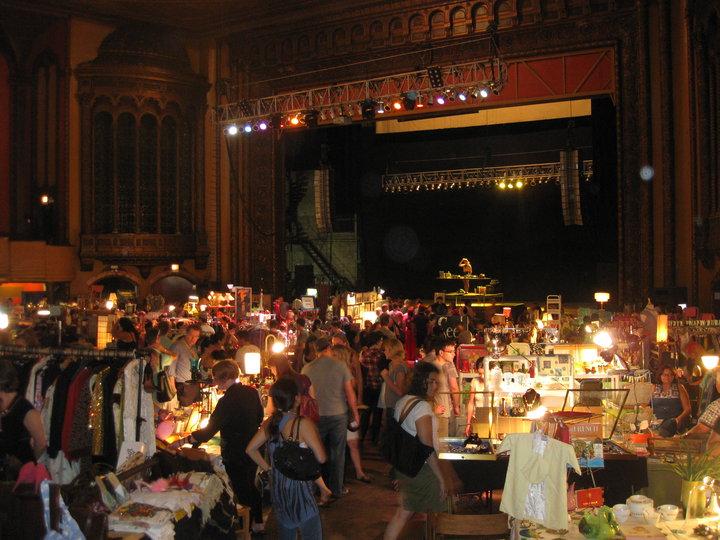
Successful vendors at every show had a few things in common:
- They set up their booth spaces in a dress rehearsal days before the market. They had a plan for layout, and how most of their items would be merchandised.
- They removed friction points that intimidated shoppers—everything from offering delivery on large furniture, to providing baskets for shoppers, to ensuring that everything in their booth had a visible price and was unboxed when the show started.
- They calculated how much inventory to bring to the show, and the ratio of the dollar value of their total inventory to their booth fee was high. If we charged $120 for a booth, they’d bring at least 30-50x that in inventory ($3-6k). They knew they couldn’t sell more than what they brought, and that a booth that looked too sparse once inventory did start to sell was also a turn-off to shoppers.
- They included several high-value items that, if sold, would cover the cost of doing the show. If that cost was around $300, they might have included three or four $300+ items in their booth setup.
- They priced products higher, aware of their overall margins, and confident that shoppers would pay $250 for a jacket even if they had scored it at an estate sale for $20. They didn’t treat their booth like an extension of the thrift store.
- They brought hundreds of $5-and-under items, anything from 1-inch buttons to vintage postcards to bargain vinyl. This is a known shopper phenomenon: if they appreciate your aesthetic, they want a piece of it. If they can’t afford the vintage jacket, they’ll buy a $5 iron-on patch instead.
- They paid attention to shopper behavior based on seasonality and weather. They knew not to bring sweaters to an August market in 95-degree heat.
My business partner and I distilled some of these observations into a cheat sheet that we emailed to vendors in advance of each show. Vendors who applied the tactics got better. Similar to the conversion tactics a UX designer can apply to an e-commerce shop, our vendors could rely on a handful of best practices to sell more at each market. It wasn’t a guarantee, but it helped.
As a retail shop owner, you may not have to set up and break down within a single day, but the financial stakes and opportunity costs are just as high as when you’re participating in a pop-up, perhaps even more so.
Our market vendors were paying $80-120 per day for their booth space, which seems high until you realize that as a shop owner, you may also be paying that much each day for rent. And unlike markets attended by thousands of people over a weekend, you may only attract 20-30 shoppers per day, so it’s even more crucial to convert 20-40% of them (industry standard according to Shopify) into buyers.
When I opened my brick-and-mortar years later (a plant shop based in Tacoma, Washington), I promptly forgot almost everything I’d learned about merchandising and shopper conversion while I was running markets, figuring brick-and-mortar retail was a different animal and I could just wing it because I had a permanent space and I had time.
When I launched my retail shop in 2019, I was paying $1,750 per month ($58.33 per day) to rent an 800-square-foot space. If 30 people visited the shop each day and 40% of them purchased, at an average cart value of $48, I’d gross $576 per day. I was doing okay, but I was willfully ignoring some of the critical lessons I’d learned.
Take, for example, large indoor plant pots on wood stands. Customers told me they wanted plant pots on stands to fit the large plants they were buying. I found a source for these pots—a company out of California called LBE Design—but their 12-inch pots with stands retailed for $235, a bit higher than our customer was willing to pay, or so I thought. So I continued to buy mismatched plant pots and cheap wood stands from other sources, assuming our customers would rather hack something together from what was essentially the “large pot and large stand” remainder bin to save $100.
Then the owners of LBE Design visited my shop on a trip through the Seattle area. They brought product samples. They took me out to lunch. I told them $235 was more than my customers were willing to pay.
Veronica, LBE’s co-owner, leaned across the table and Shark Tanked me. “What’s your average daily ring right now?”
About $650, I told her.
“Do you think you’re losing sales when someone doesn’t find a stand to fit the large pots you’re selling?”
Probably, I admitted.
“Not everyone is willing to pay $235 for a plant pot with a stand,” she said. “But every time someone does, you are going to increase your daily sales by about 30 percent.”
Just because you bought that vintage leather jacket at an estate sale for $20, doesn’t mean your customer isn’t willing to pay $250 for it. Duh.
So I started selling the $235 plant pots with stands. Lots of them.

The terror of those early days running a retail shop was similar to the terror I felt running the market when I was sure, each time, that no one would show up. But I couldn’t let that terror obscure the basic business lessons I already knew and had applied to other businesses. No matter how scared I felt that the shop was essentially a castle made from toothpicks that could fall apart at any moment, I had to sit down and assess the data, apply the tactics I knew worked, and keep applying them.
- Was everything merchandised nicely before heading into a high-traffic sales period?
- Do you have the right seasonal items in stock?
- Do you have enough high-priced products on the floor, items that can increase your average daily ring by 20-40%? As a plant and garden shop owner in Los Angeles once told me when I asked how well their high-priced Fermob outdoor furniture sold: “You can’t run a business selling $4 succulents.” Big ticket items carry the day.
- About those $4 succulents, though: do you have enough $5-and-under items stocked and merchandised in a way that encourages impulse shopping? We sell thousands of dollars each month in stickers, flowers by the stem, and $5 air plants and succulents. The candy bar at the cash register is real.
- Does your shop have enough merchandise on the floor to reasonably expect that you can generate the revenue you need to? You should have enough inventory on the sales floor to influence shopper choice (shelves full, best sellers in stock, different items to choose from), thereby turning over enough of a percentage to cover your expenses. If we use the pop-up market formula as a rule of thumb, assume 30-50x your daily sales goals. If you’d like to make $1,200 per day, carry $36-60k in inventory at the retail value.
The vendor cheat sheet, with all its distilled learnings, helped us retain skeptical vendors from one market to the next. If they’d suffered through an unsuccessful market one month, we could convince them to try again. “Well, did you follow most of the suggestions on the cheat sheet?”
Turns out they hadn’t. Turns out they were still unpacking boxes two hours into the market start. Now they had a concrete list of reasons why things hadn’t gone as well as they’d hoped and a list of exactly what to do to fix it next time… which gave them a reason to try again.
Similarly, when I’m not meeting sales goals in my retail shop, this concrete set of retail merchandising tips & guidelines—while not a complete list of “what makes a retail business actually successful”—at least provides a framework that prevents me from panicking and vowing never to return. Yes, some forces are out of our control—the economy, the political climate, bad weather—but I can almost guarantee that if I have a bad sales weekend, something from this list was off.
I hope these tips can be helpful to you as well. Happy selling!
If you’d like help getting your brick and mortar shop selling more online, learn more here.
A Newsletter That Goes Beyond Shopify 101
It’s easy to find beginner info about ecommerce online. If you’re past that? Subscribe to our newsletter for advanced strategies and need-to-know info for established shops. You'll get:
- Weekly tips to help you market and sell your products
- Updates when there is news that may impact your site
- Round ups of interesting links and info for brands
- Invites to our live trainings and webinars
- Instant access to our past emails
"*" indicates required fields
Related Posts
Let's take your online shop to the next level
The Shopify websites we design have a reputation for substantial improvements to ecommerce conversion rates and online sales. Let's talk!

